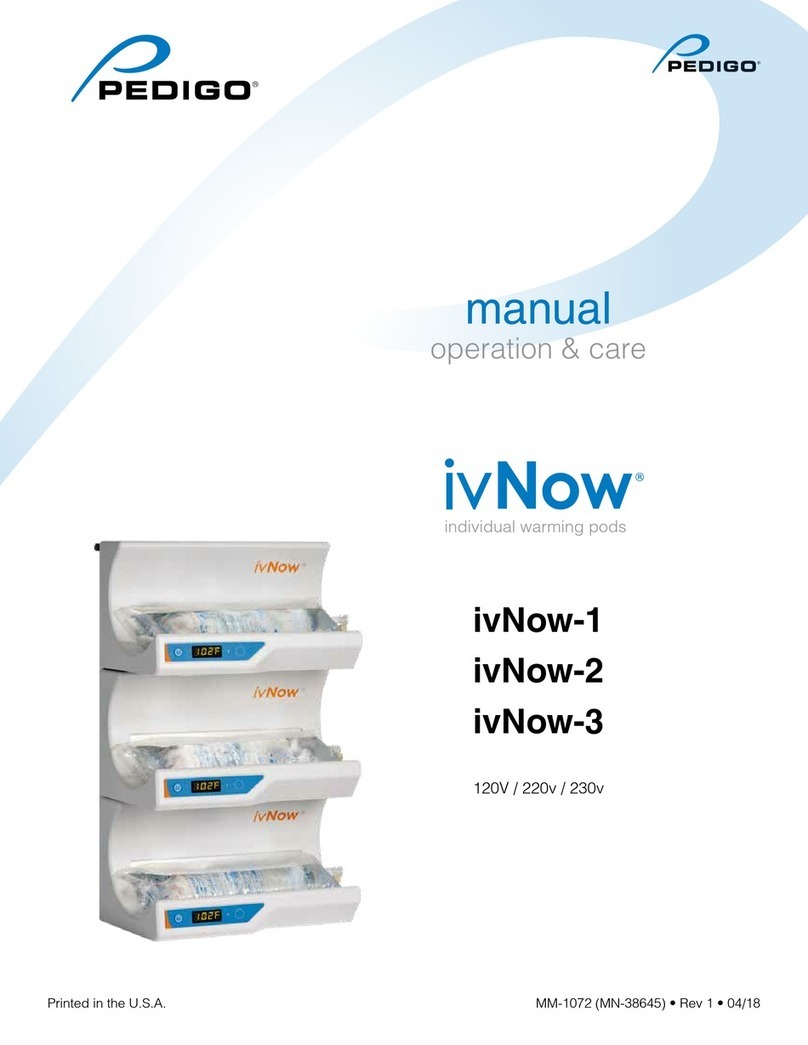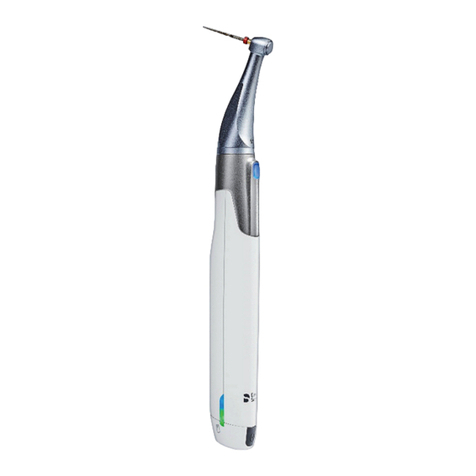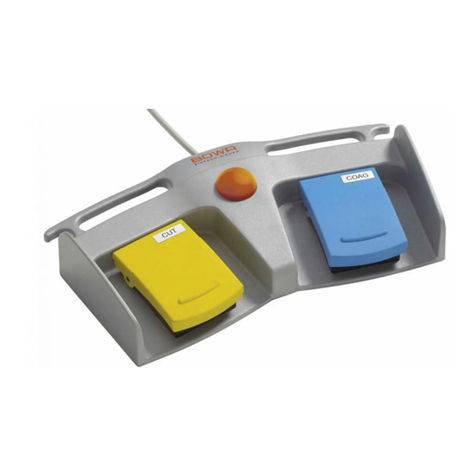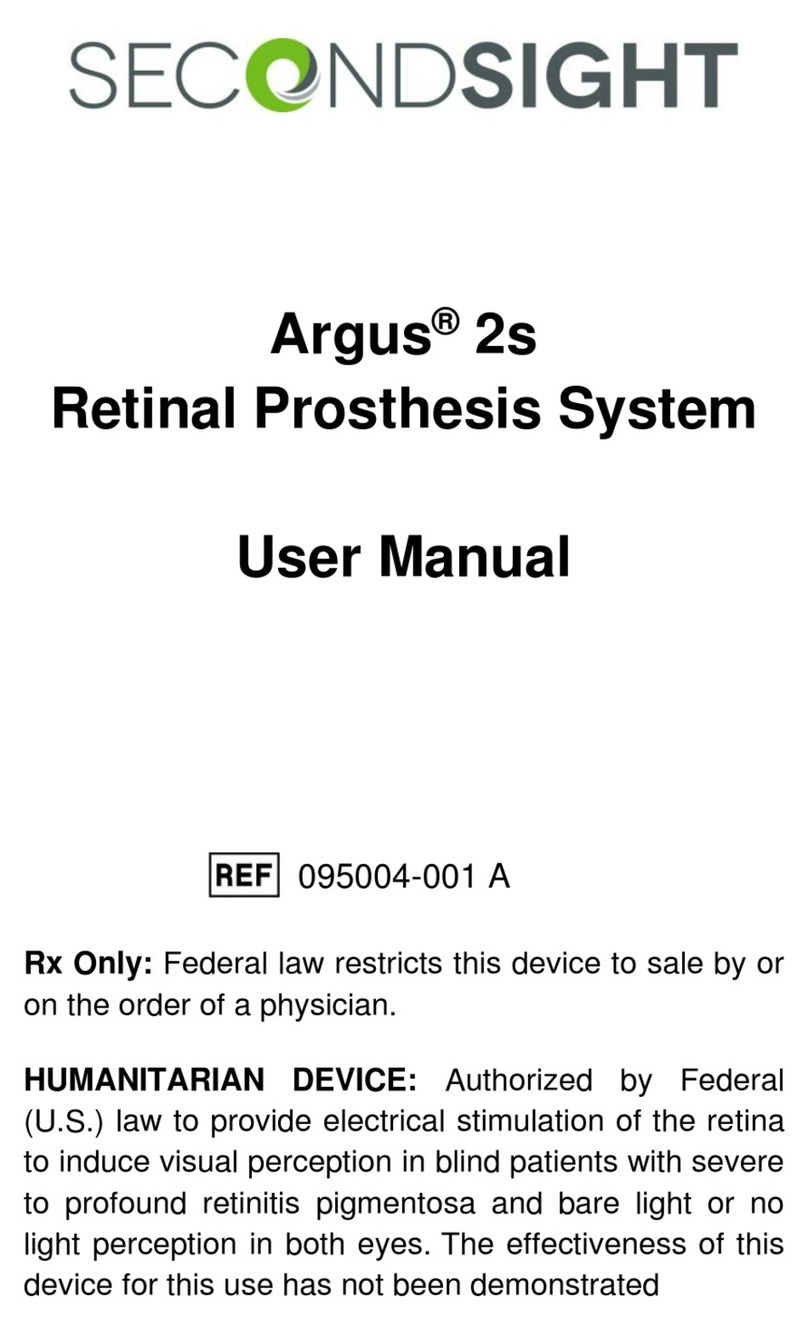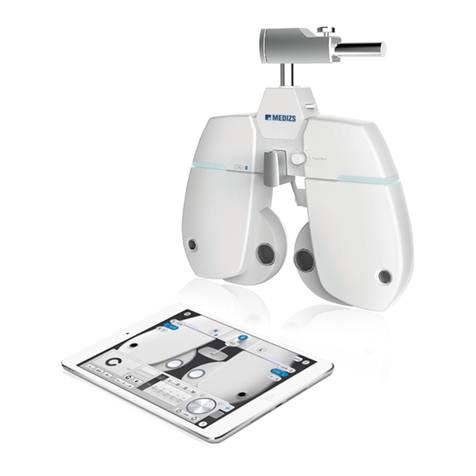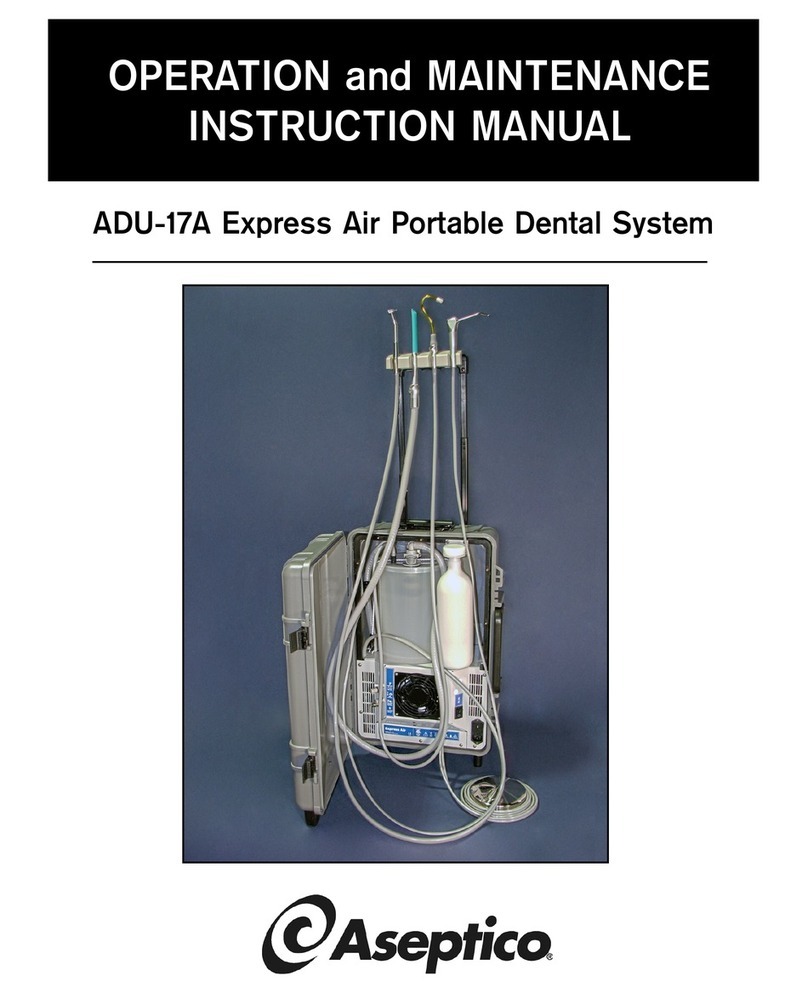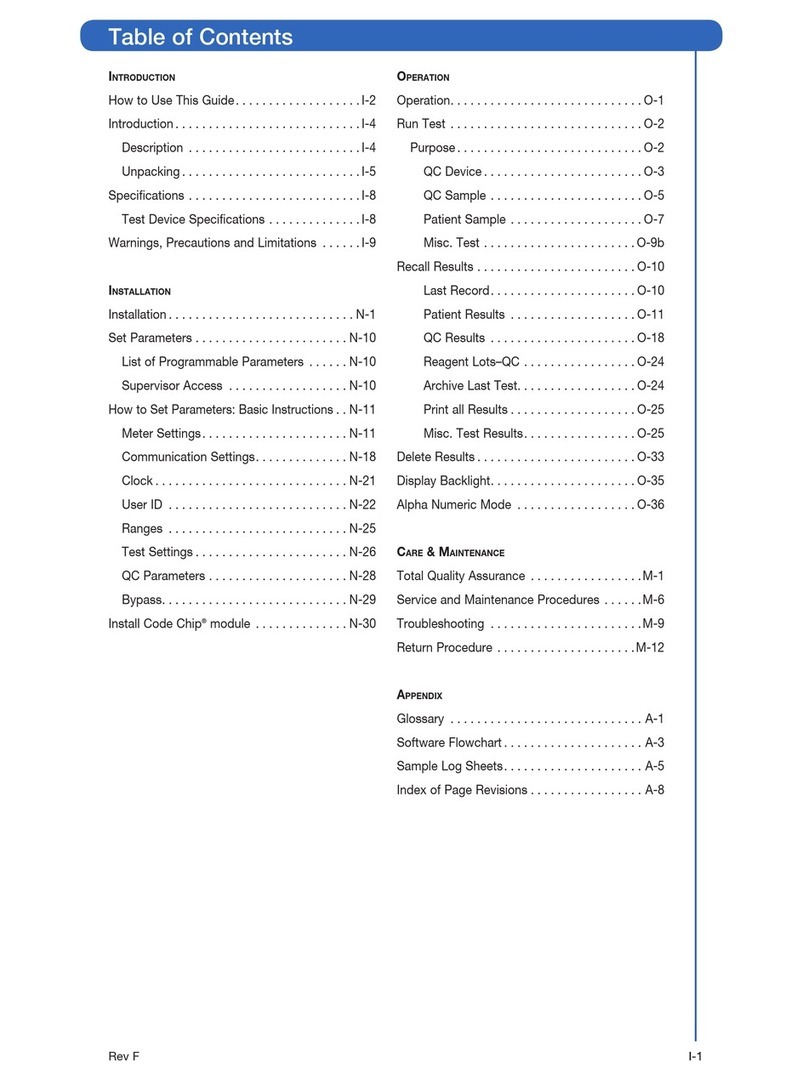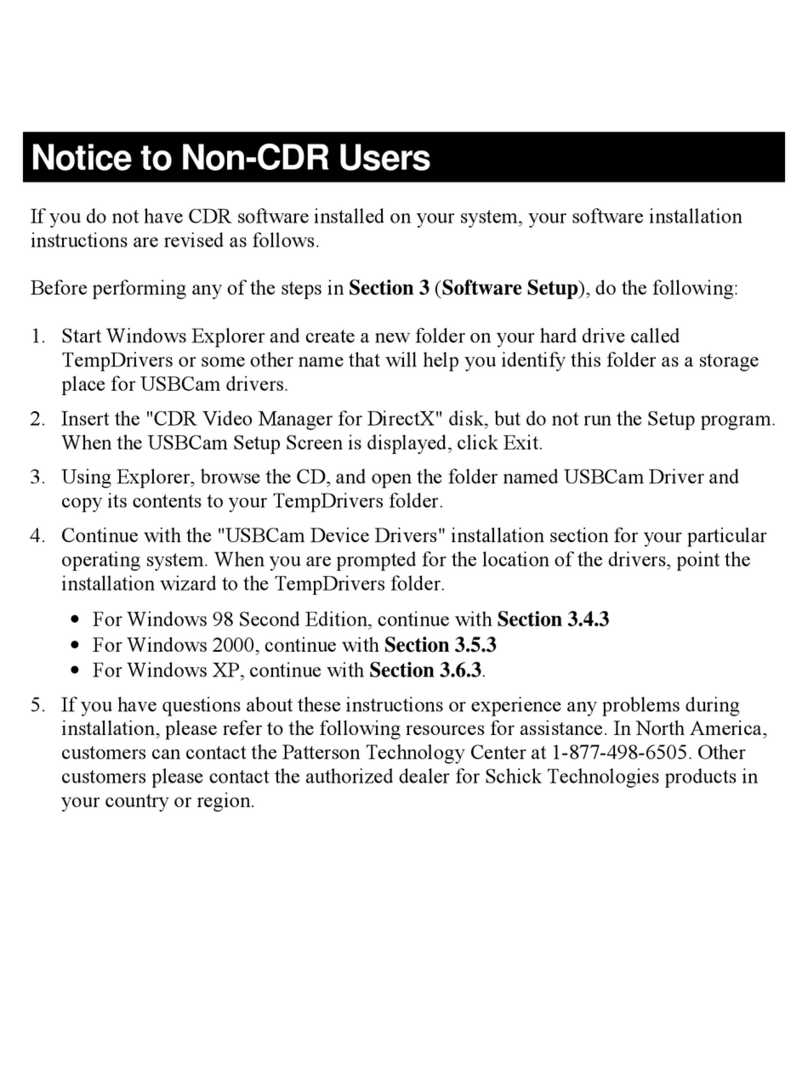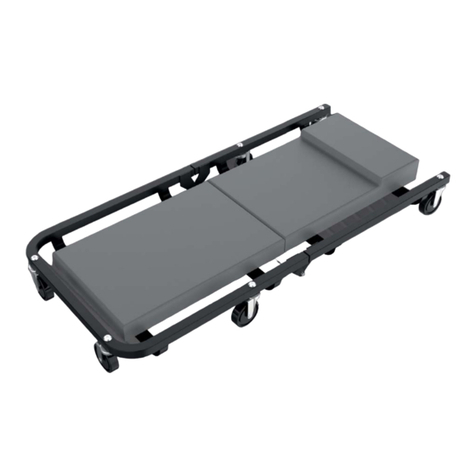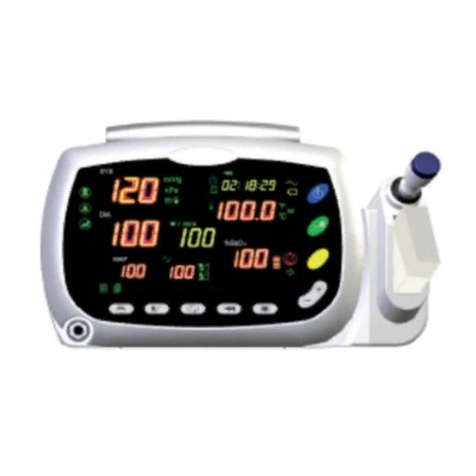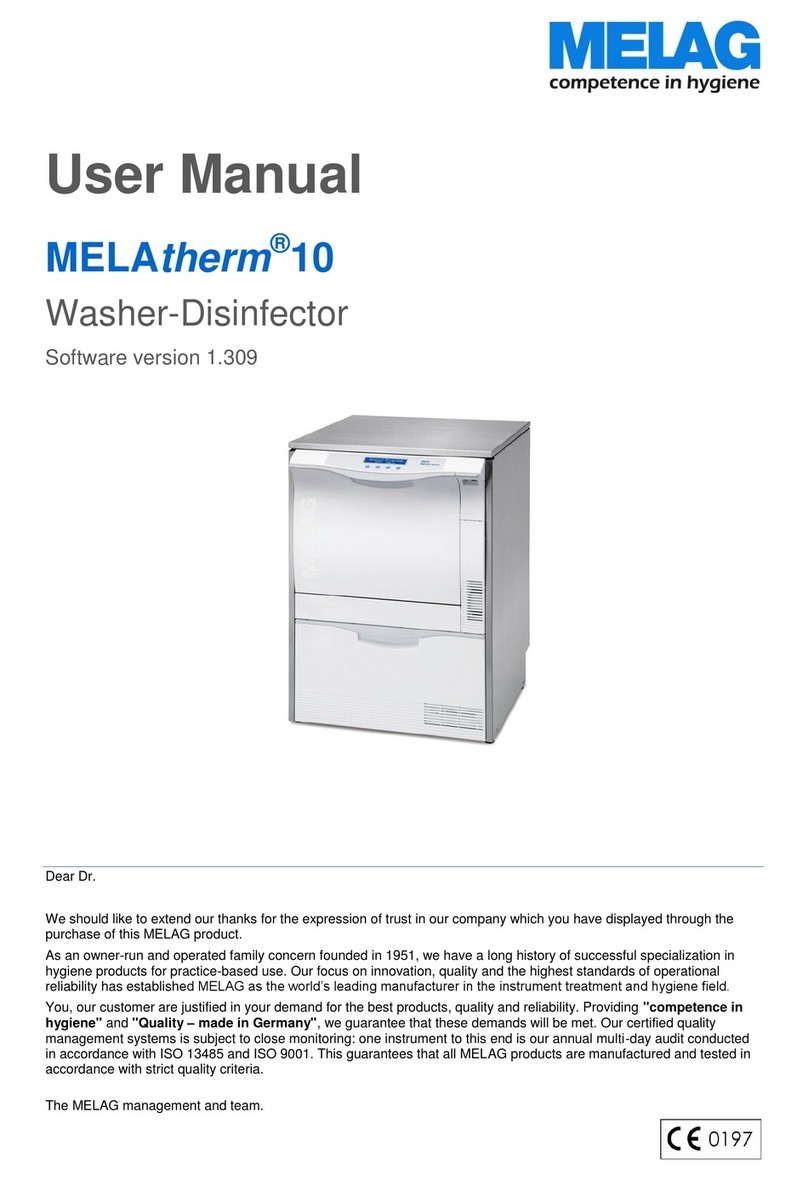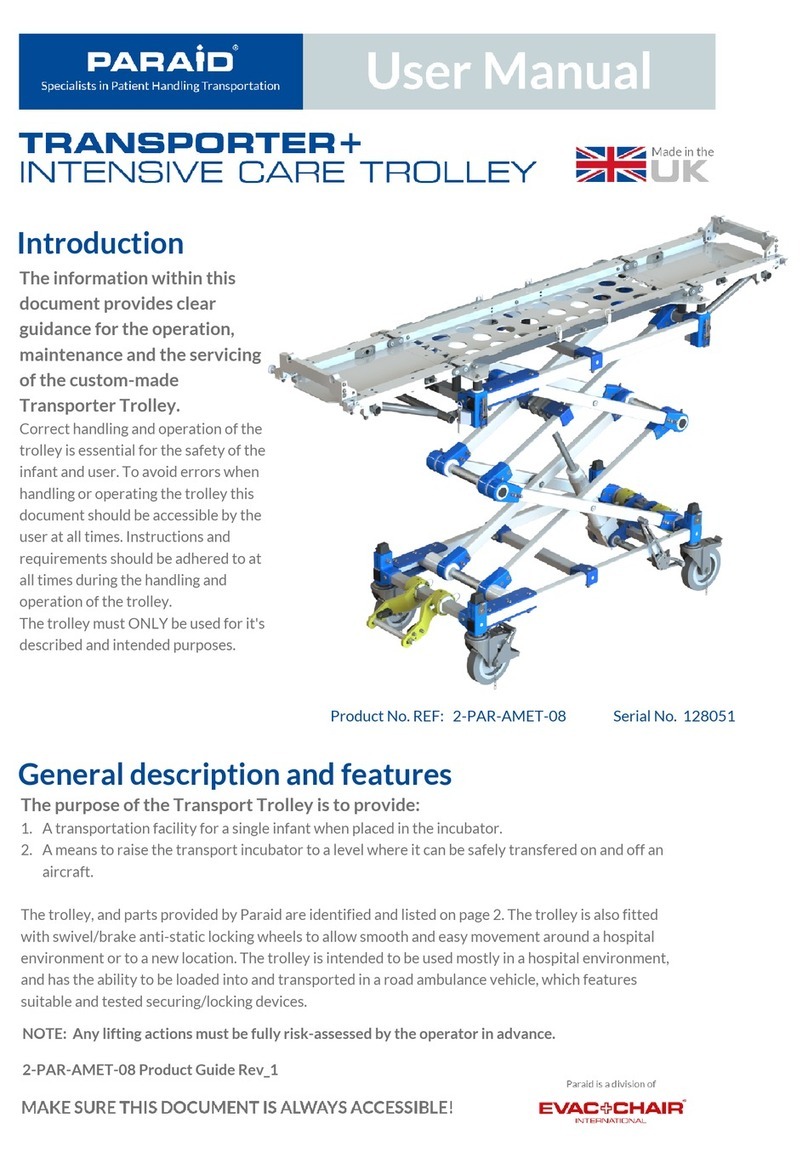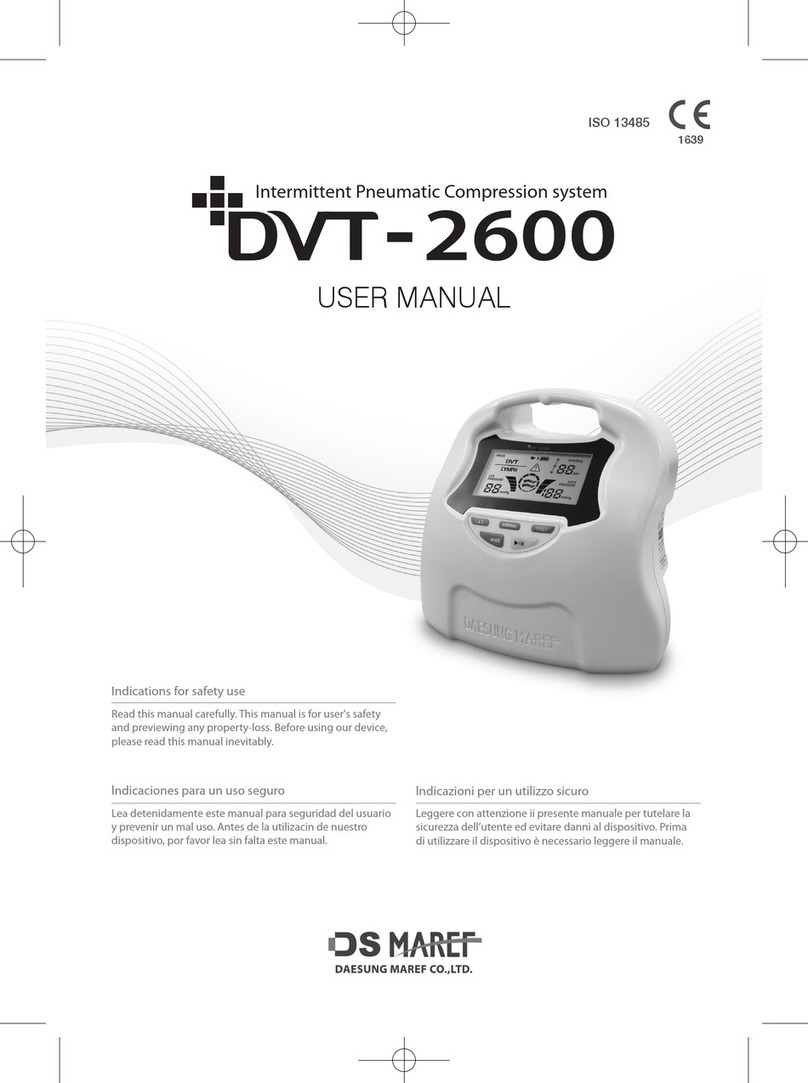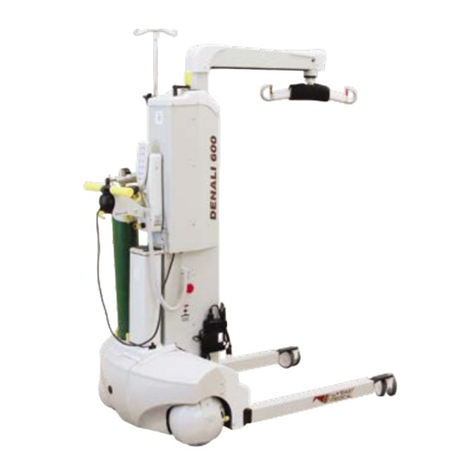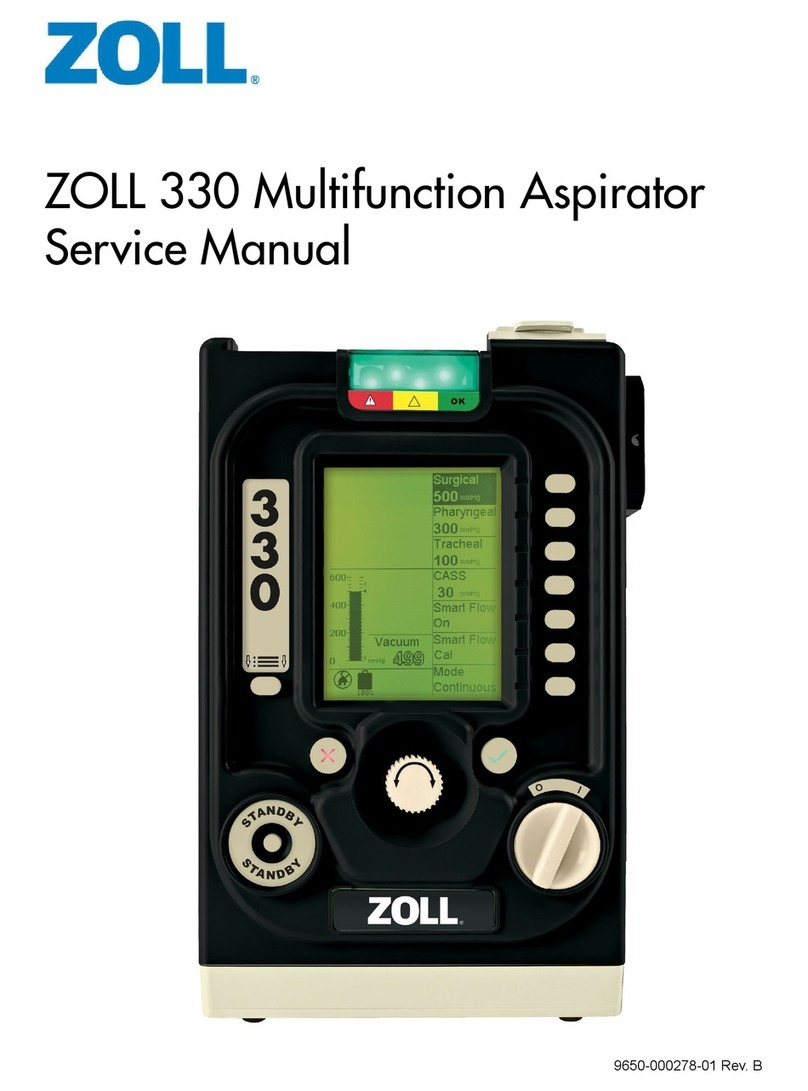Griffin Technology Trutone Emote User manual

9. Get more out of your
TruTone EMOTE
(Section 12)
10. If you prefer a monotone voice, you can use the button to control your volume (Section 6)
11. Warranty & Warnings are on the last page.
12. Send in your Warranty Registration Card within 90 days
3. Volume Level
Set the volume by turning the Volume Knob (D). Do not force the knob. Turn UP towards the Sound-Head Cap
for a higher volume. Turn DOWN towards the battery cap to reduce.
All the way DOWN is OFF, which is handy when you do not want to accidentally activate the device.
4. Adjusting Tone
•
The Tone Adjustment Knob (K) is located to the left of the Power Button.
•
Turn UP towards the Sound-Head Cap for a higher tone.
•
Turn DOWN towards the Battery Cap for a lower tone.
•
A TIP: Hold the power button down while you make your initial adjustment.
5. Sound-Head
•
Optional Extra Sharp Sound-Head Cap – (With the gray Sound-Button) If you have hard neck tissue, the
Sharp Sound-Head Cap has a sharper sound, which may penetrate tissue better. This may also be helpful if
you work in a loud environment. This cap is not as smooth sounding, so the voice may not be as pleasant.
5b. Sound-Head Spacer
•
If you regularly use a higher tone, you may remove the Sound-Head Spacer (B); Unscrew the Sound-Head
Cap, remove the Spacer, and screw the Cap back on.
•
Test the device, listening to the tonal qualities. If you prefer the tonal qualities without the spacer, be sure to
store the Spacer in a safe place, such as the box your device came with.
Copyright 2017, Griffin Laboratories, Inc.
Doc. Ver.: B, 11-02-2017
GriffinLab.com , www.TruToneEmote.com , 1-800-330-5969
6. Setting the MODE:
The MODE Button is inside, under battery cap; the arrow on the battery points towards the button. (NO TOOLS!)
NOTE: For users with a Legacy TruTone
TruToneTruTone
TruTone® electrolarynx, the MODE button replaces the red Range
adjustment.
This device has six modes. To change the mode, press both the Mode button and the Power button. (The timing is
not critical.) The MODE changes immediately, but if you continue to hold the Power button, the device will beep to
indicate the new MODE setting. The number of beeps and the tone of the beeps indicate which mode it is in.
MODES 1-4: Are like the original TruTone
TruToneTruTone
TruTone® electrolarynx, with four preset Ranges. #1 is monotone,
and Modes 2 through 4 have increasing range on the button. Beep count indicates mode.
Mode 1 – Monotone 1 Beep
Mode 2 – Low tonal variations 2 Beeps
Mode 3 – Medium tonal variations 3 Beeps
Mode 4 – High tonal variations—2-octave range. 4 Beeps
MODES #5-6: Volume Mode, lets you control the volume with the Power button, instead of the tone.
This is for people who do not use the tone control, and allows volume control without moving the knob.
A very light touch let's you speak with your "whisper voice," while pressing firmly emits sound at full
volume. The volume control knob still limits your max volume. Changing into these modes creates a
"Whoop" sound (with an increasing tone), rather than a steady tone beep.
Mode 5 – Low Sensitivity—full volume requires more pressure. 2 "Whoops"
Mode 6 – High Sensitivity—full volume requires less pressure. 3 "Whoops"
7. Batteries & Charging
1. Use only approved Li-Ion Batteries.
2. Install Battery (F) as shown; it only fits one way. The Battery Connector (H) alignment tab points up, with the
red wire to the right.
3. Use until volume begins to fade, which is at 80% drained. You will still have up to another week or more of
battery life (depending on your talk time), and battery life will be extended by the volume reduction.
7a. Indicator Light, Battery Low:
The LED light turns on if the battery is 80% drained (or more) when you press the Power button to let you know
it is fully functioning, but approaching time to charge.
7b. Charging
•
You may charge on a schedule, proactively; i.e. once a week, or once every two weeks.
•
To charge, pull the USB Dust Cover (U) out at the top end, revealing the USB Charge Jack (V).
•
Plug in a Micro-USB Cord into the USB Charge Jack (V).
•
Charger Specifications: 5v, 750mA minimum (or .75A minimum).
7c. Indicator Light, Charging:
•
When charging, the LED indicator light turns on solid.
•
When charging is complete, the LED indicator light flashes.
•
Unplug the unit when the charging is complete to conserve power.
8. General Care and Troubleshooting
•
Cleaning – Wipe with a damp cloth. Do not use oils, electrical contact cleaner, or other chemicals as they
may cause damage. Rubbing Alcohol is safe. Do NOT use a soaking wet cloth.
•
Water Damage – Remove the caps and USB Dust Cover from the body and unplug the battery. Place into a
sealed container with dry rice for two days before testing.
•
Low Volume or Muffled Sound – Try using or removing the Sound-Head Spacer. Charge the Battery.
•
Excessive Buzzing – Ensure you have a complete seal between the device and the neck, all the way around
the flat surface of the Sound-Head Cap. Try different positions. Adjust the tone and volume level. Try the
Oral Adapter.
•
Unsteady Tone – Try a MODE with a lower sensitivity
•
Unsteady Volume – Try a MODE that is not a Volume Mode.
•
Oral Adapter Use – A sanitary cover, large finger cot, or even plastic wrap is recommended for use with the
oral adapter to keep the device clean and moisture free.
9. Electrolarynx Neck Placement
•
Place the Sound-Head (A) against your neck and activate the power button. Do not cover stoma.
•
Speak as sound is carried into your mouth. Do not force air out.
•
Ensure an airtight seal between the Sound-Head and your neck.
Copyright 2017, Griffin Laboratories, Inc.
Doc. Ver.: B, 11-02-2017
GriffinLab.com , www.TruToneEmote.com , 1-800-330-5969

•
Try different positions until you get the best sound. NOTE: Even a 1/8" (3mm) position change can have a
great impact on the sound volume.
•
Try cheek placement, or use the oral adapter in cases of a tender neck or excess buzzing.
9a. Neck Placement Tips
•
Adjusting the Base Tone up or down may produce a better voice.
•
Mid-Range tones are easier to hear for most people.
•
See Toubleshooting, section 8.
10. Optional Oral Adapter and Oral Tubes
•
Insert Oral Tube (I) into top of Oral Adapter (J). Ensure the tube does not protrude into the cap area.
•
Place Oral Adapter over Sound-Head (A).
•
Place Oral Tube into mouth, at corner of mouth.
•
Activate Electrolarynx. Speak around Oral Tube.
•
NOTE: The tube is optional! You may hold the device with the oral adapter to the corner of your mouth!
10a. Oral Adapter Use Tips
•
The larger rigid Oral Tubes do a very good job of getting sound into your mouth, but can be more difficult to
speak around.
•
The soft clear Oral Tubes are easier to speak around, but may not get as much sound into your mouth. If your
tongue blocks the sound, you may want to cut an angle on the end to prevent blockage.
•
You may hear excess "buzzing" (soft clear tubes). Try getting a better seal between the Oral Adapter and the
Tube. Remove the Oral Tube from the Oral Cap and push it back in again.
•
Practice talking with the Oral Tube. Form words around the tube before turning on the electrolarynx.
•
A good position for many people is found by placing the tip of the tube just behind your front teeth, and to
one side, or toward the back of the mouth just ahead of where the tongue touches the roof of your mouth
when you make the "G" sound (i.e. "GO").
11. Using the Pressure Sensitive EMOTION™ Button to increase intelligibility—it's
EASY
!
WHY LEARN THIS? By increasing and decreasing pressure on the button you will be able to add emotion to
your speech. This can help your voice sound more natural, and can help the listener understand you better, so you
will have greater intelligibility—a benefit proven in a study by the University of Minnesota. Small changes in
tone are enough to remove the "robotic edge" to your voice, and will help your listener connect to you better.
HOW? Follow these easy steps to get started:
•
It is recommended to use either MODE 3 or MODE 4 for the exercises. (See "Setting the MODE".)
•
Press the Power Button lightly to activate the Base Tone.
•
Hold the electrolarynx in the air to practice at first.
•
Increase pressure slightly to increase the tone. Decrease pressure to come back down to the base tone.
•
Practice a smooth up and down transition, slowly increasing and decreasing pressure on the button. Be aware
of the bezel around the button as you release, so you do not cut out.
•
GREETING: While still buzzing the device in the air, mouth the greeting "How ARE you?", which should
mimic the slow up and down tone. Once you have the timing accurate, speak using the device. Practice this a
few times.
•
RESPONSE: Now, practice the response "How are YOU?" with the tone raised on the word 'you'. First,
practice in the air while you mouth the words, holding steady for the first two words, then increasing
pressure for the final word "YOU", and finally, snap your thumb off of the power button so you don't drag on.
Once you have the timing down, speak using the device.
•
BORED: Finally, practice the less common bored phrase "HOW ARE you?", where you snap the power
button down quickly, then slowly reduce pressure for the final word, "you". This one is tricky because you
don't want to release before you are finished speaking. Practice until you get the timing accurate.
WHEN?
•
Just remember to press the power button as light as possible, and increase the pressure when you want to
show emotion or emphasis. Place your emotions into the power button.
•
You do not need to use the intonation in each word, but you will naturally add some to emphasize individual
syllables, words or phrases as needed.
•
Do not worry about sounding perfect—you will get better, and at least you will not be monotone.
•
Only press as hard on the button as your personal health and comfort allow.
•
Even if you do not consciously use the EMOTION™ Button, you may still achieve some natural vocal
inflection with natural changes in pressure on the button.
Copyright 2017, Griffin Laboratories, Inc.
Doc. Ver.: B, 11-02-2017
GriffinLab.com , www.TruToneEmote.com , 1-800-330-5969
Some Practice Phrases
woOOow. vs. wow. (Note: Excited vs. Bored) I LOVE you. vs. I love YOU.
How ARE you? vs. How are YOU? (Greeting vs. Response) BYE bye, vs. Bye BYE.
Then, practice on some phrases that you commonly say—phrases that are a part of your personality. You might
have a friend or family member suggest phrases that they are accustomed to hearing you say. Just increase and
decrease pressure slightly with the rhythm of each changing word and syllable. Don't think about it too hard
while you are in conversation—eventually, it will come naturally.
12. Getting More out of your Electrolarynx
Amplifiers – When properly used, the SoniVox Plus™ voice amplifier and the BoomVox® wireless amplifier
can improve the sound quality of your voice, because you can reduce the volume of the device and still be
louder. This allows your articulation to also be even louder, further increasing intelligibility.
Phone Use – For telephone use, these two tips go a long way towards improving communication:
•
Turn the volume DOWN! Turn the device as quiet as it can be, and still make a tone. This way, your
articulation is as loud or louder than the tone from the device. Otherwise, the tone may be overpowering.
•
Mic Placement: Position the phone mic up by the nose. This maximizes the distance between the
microphone and the electrolarynx and stoma, so it does not pick up stoma blast and electrolarynx buzzing.
Warnings:
Do not insert any part of the electrolarynx or any accessories into the stoma.
Do not burn or physically damage the battery.
Do not short-circuit a cell or battery. Do not store cells or batteries haphazardly in a pocket, purse, box or drawer
where they may short-circuit each other or be short-circuited by conductive materials such as coins or keys.
Recycle the device and dispose of the battery according to local regulations for lithium-ion batteries.
Device contains a strong magnet that may interfere with pacemakers or other implantable devices. Consult with
your physician before use.
For a larger print version, visit http://TruToneEmote.com/Help.html
Limited Warranty
The TruTone EMOTE®electrolarynx and its battery are warranted to be free of defects in parts and workmanship for a
period of two (2) years from the date of purchase. The charger and other accessories included in the kit are guaranteed for sixty
(60) days from the date of purchase. Items under warranty will be repaired or replaced, with a new or refurbished unit, at the
discretion of Griffin Laboratories, Inc. Warranty coverage must be validated by the return of the enclosed warranty registration
card within 90 days of purchase from an authorized dealer, or other proof of purchase from an authorized dealer. This warranty
is not transferable, and is not valid outside of the United States.
Drop & Soak® Warranty coverage: Any TruTone EMOTE®electrolarynx with a valid warranty will be repaired or replaced
up to, but no more than, two (2) times for damage caused by accidental impact or moisture. This warranty does not cover
abuse, negligence, soiling, use inconsistent with intended purposes, disassembly or tampering of any kind. All other warranties,
expressed or implied, are hereby excluded. Griffin Laboratories, Inc. shall not be held liable for damages, either direct, indirect
or consequential, resulting from any defect in the manufacture or operation of the electrolarynx, including batteries, charger, or
other accessories. Griffin Laboratories, Inc. will provide warranty service and return postage only within the United States.
An RMA (Return Material Authorizaiton) must be received from Griffin Laboratories, Inc. prior to returning any
device.
Griffin Laboratories, Inc.
www.TruToneEmote.com 1-800-330-5969
Copyright 2017, Griffin Laboratories, Inc.
Doc. Ver.: B, 11-02-2017
GriffinLab.com , www.TruToneEmote.com , 1-800-330-5969
